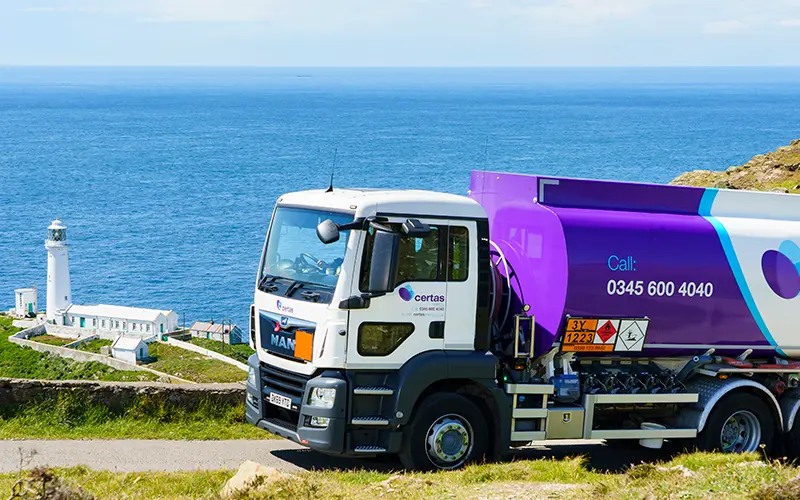Faced with increasing pressure to minimise operating costs in order to remain competitive, many fleet managers are looking for innovative ways to improve their margins whilst maintaining maximum reliability.
Improving the fuel economy of a fleet’s vehicles can deliver significant savings to transport and haulage businesses both large and small. With fuel expenditure amounting to as much as 38% of total fleet operating costs, any solution that can deliver even a small increase in efficiency has the potential to make a big difference.
Here we explore some of the latest solutions that can help you get more miles per gallon out of your fleet.
Counting The Cost Of Lubricants
Oils and greases play an important role in keeping HGVs running smoothly, helping to protect components and prolong equipment life. Yet many businesses underestimate the ability of higher quality lubricants to deliver improved fuel economy, and lubricants are often one of the first areas where costs are cut.
A vehicle’s wheel bearings, axle differential, gearbox and engine all need to be properly lubricated to prevent wear and tear. The combined impact of these major mechanical components can have an effect on fuel bills. Furthermore, using a lower quality lubricant can degrade equipment such as catalysts and diesel particulate filters, leading to compromised systems which can contribute to greater fuel consumption.
The latest low-viscosity heavy duty engine oils can ensure enhanced fuel economy without compromising on wear protection or oil life – delivering maximum efficiency and welcome savings on fuel costs. For example, recent field trials have shown that using an SAE 5W-30 FA-4 oil shows a fuel economy benefit of over 3% compared to an SAE 10W-40. And in larger fleets, a saving of 3% can have a significant impact on the bottom line.
Improving MPG With Alternative Fuels
While many understand that transitioning to alternative fuels can help save on emissions, few are aware that they can also deliver fuel economy benefits. For businesses operating HGVs in urban areas, the cleaner-burning nature of GTL Fuel – a drop-in alternative to diesel – can hugely reduce soot build-up in Diesel Particulate Filters (DPF). As blocked DPF have been shown to increase fuel consumption, less soot build up can lead to enhanced fuel efficiency.
Certas Energy customer, Brakes UK, has found that the vehicles across their Park Royal HGV fleet have not required a single DPF regeneration cycle in the nine months following the change from diesel to GTL Fuel. As well as extending time between maintenance periods and enabling more deliveries with fewer vehicles, this has created another unexpected benefit: a fuel economy improvement of 0.4mpg.
Building Better Driver Behaviours
No matter which fuels or lubricants you use, much of a vehicle’s fuel efficiency comes down to individual driver behaviour. If a driver leaves an engine idling, or brakes, accelerates or corners too harshly, they could be contributing to increased fuel consumption and greater costs.
Data produced by telematics enables businesses to monitor fuel consumption and driver behaviour while a vehicle is on the road. Transport operators can leverage these insights to highlight where more fuel efficient behaviours could be adopted and workforce training is required to improve driver performance.
Having the right telematics in place is essential to building better behaviours and – ultimately – a more fuel efficient fleet. Certas Energy’s FuelTrace telematics solution, for example, can reduce fuel costs by as much as 25% through its driver monitoring and scoring capability. FuelTrace is also able to integrate with fuel cards to provide accurate miles-per-gallon figures – so you can measure any MPG improvements against real-time or historical data.
Operating a fleet of over 900 tankers, we know just how challenging it can be to keep a fleet moving cost-effectively all year round. That’s why we’re best placed to help you find the right solutions for your transport business. Want to find out how we can help your fleet improve its fuel efficiency?
Find out more about FuelTrace
Contact Certas Energy Team
TAKE CONTROL OF YOUR FLEETS FUEL
Ready to start fuelling your business' success?
Steamline your fleet operations, control costs, and experience the benefits of Certas Energy Fuel Cards. Get in touch to start saving today.




